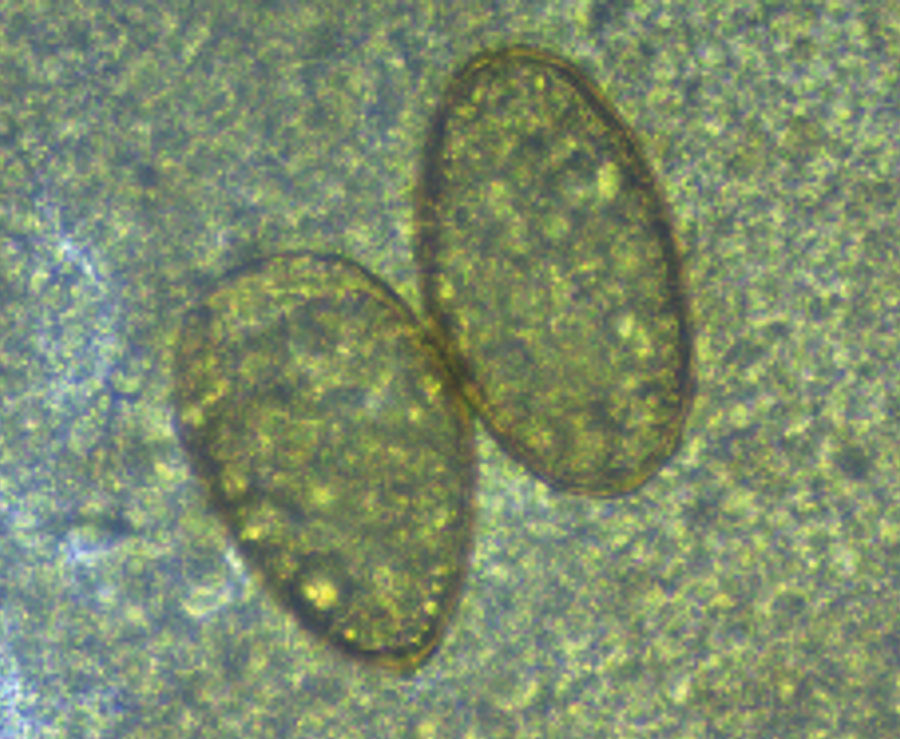Volume 28, Number 10—October 2022
Research Letter
Pulmonary Paragonimiasis in Native Community, Esmeraldas Province, Ecuador, 2022
Figure

Figure. Paragonimus eggs from sputum from a patient in Ecuador. Eggs are yellow, elongated, have a thick shell, and are asymmetric with 1 end slightly flattened. The operculum is clearly visible at the large end and is thickened at the abopercular end. Original magnification ×40, size 80–90 μm × 45–50 μm.
Page created: September 14, 2022
Page updated: September 21, 2022
Page reviewed: September 21, 2022
The conclusions, findings, and opinions expressed by authors contributing to this journal do not necessarily reflect the official position of the U.S. Department of Health and Human Services, the Public Health Service, the Centers for Disease Control and Prevention, or the authors' affiliated institutions. Use of trade names is for identification only and does not imply endorsement by any of the groups named above.